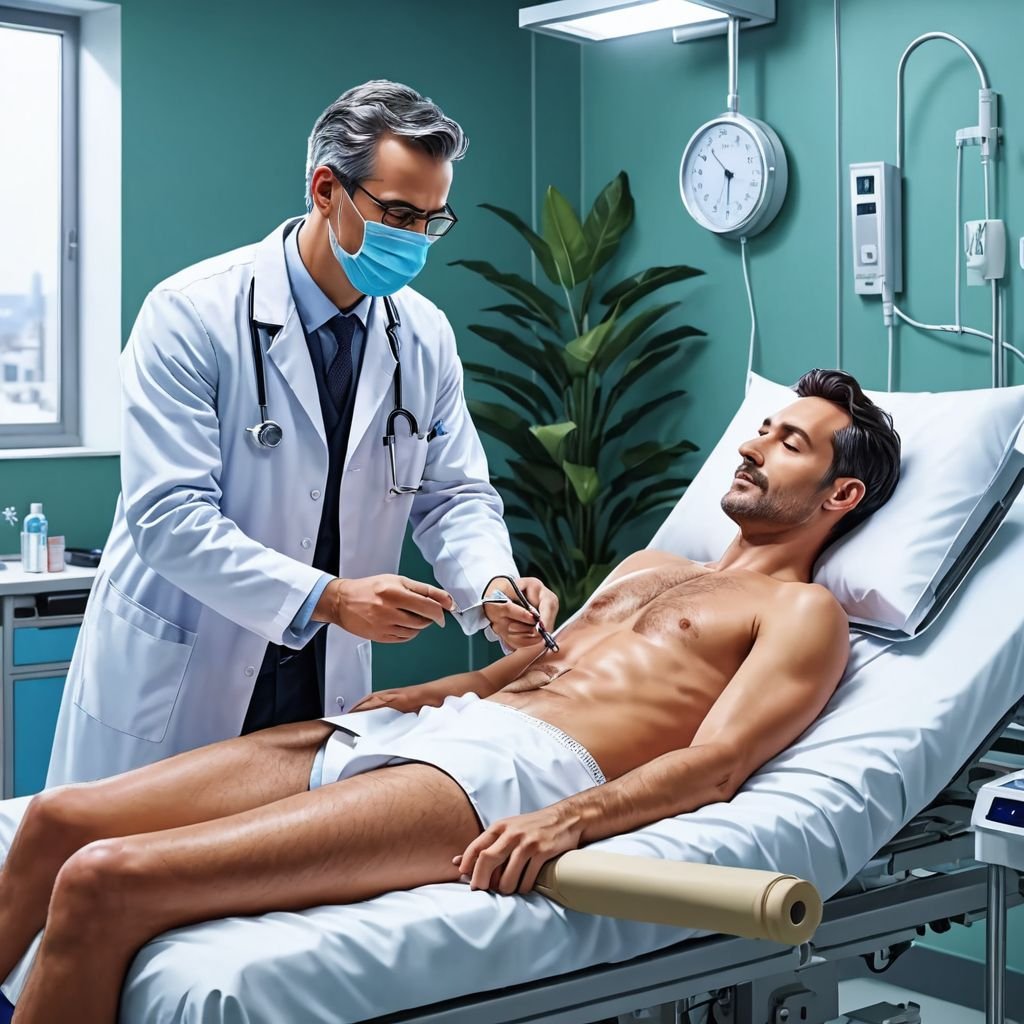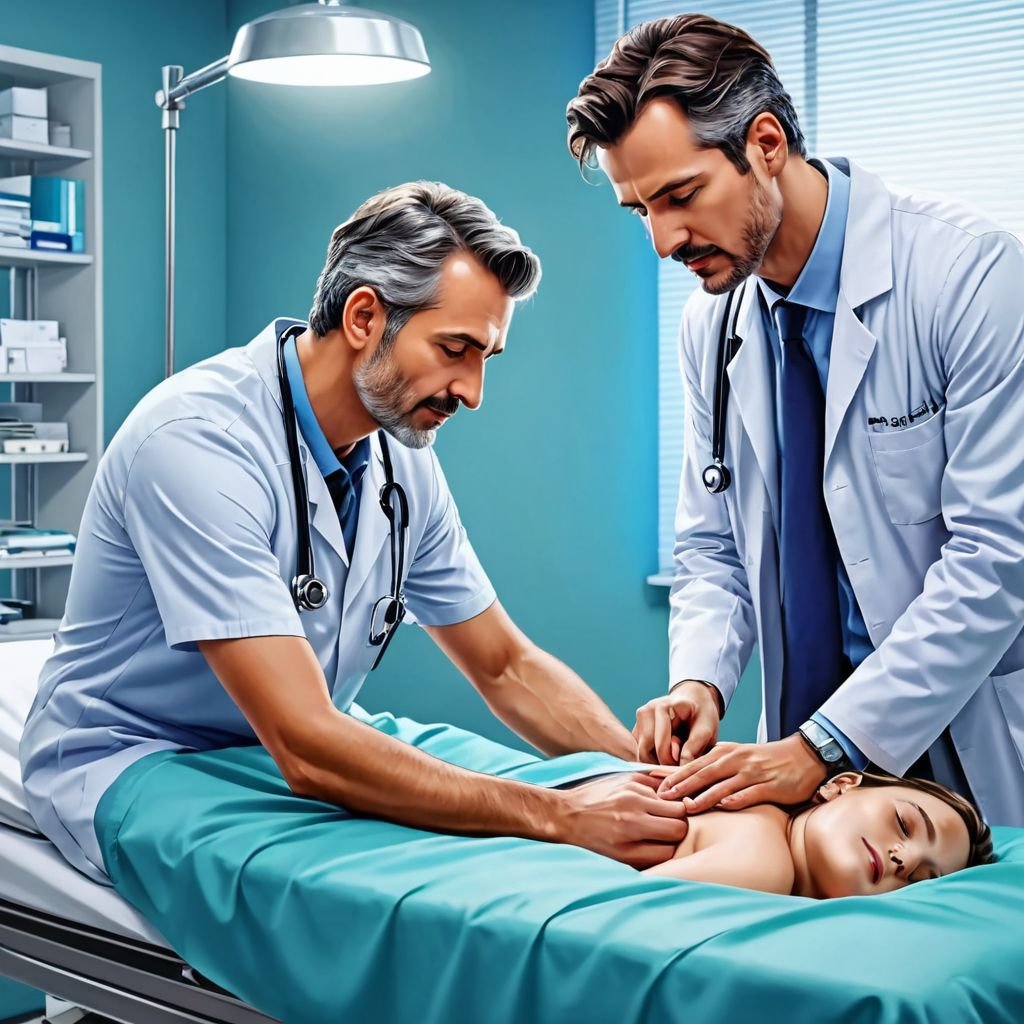The medical field, a cornerstone of human advancement, is a domain characterized by its dual emphasis on rigorous study and meticulous practice. The synergy between theoretical knowledge and practical application is crucial in nurturing competent healthcare professionals capable of addressing the myriad health challenges faced by society. This essay explores the intertwined nature of study and practice in medicine, examining how they collectively ensure the delivery of high-quality healthcare.

### The Foundation: Rigorous Study
1. **Academic Training:
The Bedrock of Medical Knowledge**
The journey of a medical professional begins with an extensive period of academic training. Medical education typically spans several years and is designed to impart a comprehensive understanding of human biology, disease mechanisms, and therapeutic interventions. This phase includes undergraduate medical education, often referred to as pre-medical studies, followed by medical school. In medical school, students delve into subjects such as anatomy, physiology, biochemistry, pharmacology, pathology, microbiology, and immunology. These subjects form the foundational knowledge required to understand the human body and its functions. Additionally, students learn about various diseases, their pathophysiology, and treatment options through courses in internal medicine, surgery, pediatrics, obstetrics and gynecology, psychiatry, and other specialties.
2. **Clinical Skills and Simulations**
Beyond theoretical knowledge, medical education places significant emphasis on the development of clinical skills. Clinical skills training often begins with simulations and laboratory work. Medical students practice procedures like suturing, intravenous line insertion, and physical examinations on mannequins or through computer simulations. This phase is crucial for building confidence and competence before interacting with real patients.
3. **Licensing Examinations and Continuous Education**
Medical education does not culminate with graduation. Aspiring physicians must pass rigorous licensing examinations to demonstrate their competence and readiness to practice independently. In many countries, these examinations are multi-step processes that test both theoretical knowledge and practical skills.
Additionally, the field of medicine is dynamic, with continuous advancements in medical science and technology. Hence, continuous medical education (CME) is a requirement for maintaining medical licensure. Physicians must stay abreast of the latest research, treatments, and best practices through attending conferences, participating in workshops, and completing online courses.
### The Practice: Application of Knowledge
1. **Residency Training: Bridging the Gap**
After completing medical school, graduates enter residency programs, where they receive hands-on training in their chosen specialty. Residency programs, which can last from three to seven years depending on the specialty, are designed to provide in-depth practical experience under the supervision of experienced physicians.
During residency, physicians-in-training rotate through various clinical settings, including hospitals, outpatient clinics, and emergency departments. They manage real patients, make clinical decisions, and perform procedures, all while receiving feedback and guidance from attending physicians. This apprenticeship model is crucial for translating theoretical knowledge into practical skills and judgment.

2. **Fellowships and Specialized Training**
For those who wish to further specialize, fellowship programs offer additional training in specific areas of medicine, such as cardiology, oncology, or neurosurgery. Fellowships provide an opportunity to gain expertise in a particular field, engage in advanced procedures, and participate in cutting-edge research.
3. **Patient Interaction and Communication**
One of the most critical aspects of medical practice is patient interaction. Effective communication skills are essential for gathering patient histories, explaining diagnoses, and discussing treatment options. Physicians must demonstrate empathy, cultural sensitivity, and the ability to build trust with patients and their families. These skills are honed through years of direct patient care and are as vital as technical medical knowledge.
4. **Ethical and Legal Considerations**
Medical practice is governed by a framework of ethical and legal principles. Physicians must adhere to guidelines on patient confidentiality, informed consent, and professional conduct. Medical ethics education, often integrated into both preclinical and clinical training, ensures that future physicians understand their responsibilities and the moral complexities of medical practice.
### The Interplay Between Study and Practice
1. **Evidence-Based Medicine**
A key concept that underscores the interplay between study and practice is evidence-based medicine (EBM). EBM involves the integration of the best available research evidence with clinical expertise and patient values. Physicians must be adept at critically appraising medical literature, applying research findings to clinical practice, and making informed decisions tailored to individual patients.
The practice of EBM exemplifies how continuous learning and practical application are interdependent. Staying updated with the latest research ensures that clinical practice evolves and improves over time, ultimately enhancing patient outcomes.
2. **Research and Innovation**
Many physicians engage in research to contribute to the advancement of medical knowledge. This research can range from basic science investigations to clinical trials testing new treatments. Physicians who conduct research often bring new insights and innovations back to the clinical setting, fostering a culture of continuous improvement and discovery.
3. **Interdisciplinary Collaboration**
Modern healthcare is increasingly collaborative, requiring coordination among various healthcare professionals, including nurses, pharmacists, physical therapists, and social workers. Effective interdisciplinary collaboration is rooted in a shared understanding of medical principles and a commitment to patient-centered care. This collaborative approach enhances the quality of care and ensures that patients receive comprehensive, well-rounded treatment.

### Challenges and Future Directions
1.**Adapting to Technological Advances**
The rapid advancement of technology presents both opportunities and challenges for medical education and practice. Technologies such as artificial intelligence, telemedicine, and robotic surgery are transforming how care is delivered. Medical curricula must adapt to include training on these technologies, ensuring that future physicians are proficient in their use.
2. **Addressing Burnout and Well-being**
The demanding nature of medical study and practice can lead to physician burnout, which negatively impacts patient care and physician well-being. Addressing burnout requires systemic changes, including promoting work-life balance, providing mental health support, and fostering a supportive work environment.
3. **Global Health and Cultural Competence**
In an increasingly globalized world, physicians must be equipped to address health issues across diverse populations. This requires training in cultural competence, global health, and an understanding of health disparities. By fostering a global perspective, medical education can prepare physicians to address health challenges on a broader scale.
### Conclusion
The medical field’s emphasis on study and practice is fundamental to the development of skilled, compassionate, and knowledgeable healthcare professionals. The rigorous academic training provides the necessary foundation of medical knowledge, while hands-on practice ensures that this knowledge is effectively applied to patient care. The interplay between these two pillars fosters a culture of continuous learning and improvement, driving advancements in medical science and enhancing patient outcomes.
As the field of medicine continues to evolve, it is crucial to adapt educational and training programs to address emerging challenges and integrate new technologies. By maintaining a commitment to both study and practice, the medical profession can continue to meet the healthcare needs of society and uphold the highest standards of patient care.
MBBS Degree: A Pillar of Public Health and Medical Innovation”
Confronting the Menace of Ragging in medical field
Unveiling Effective Strategies for Physiology: A comprehensive guide
The comprehensive DressCode guide for NEET Exam : A guide to dressing for Success